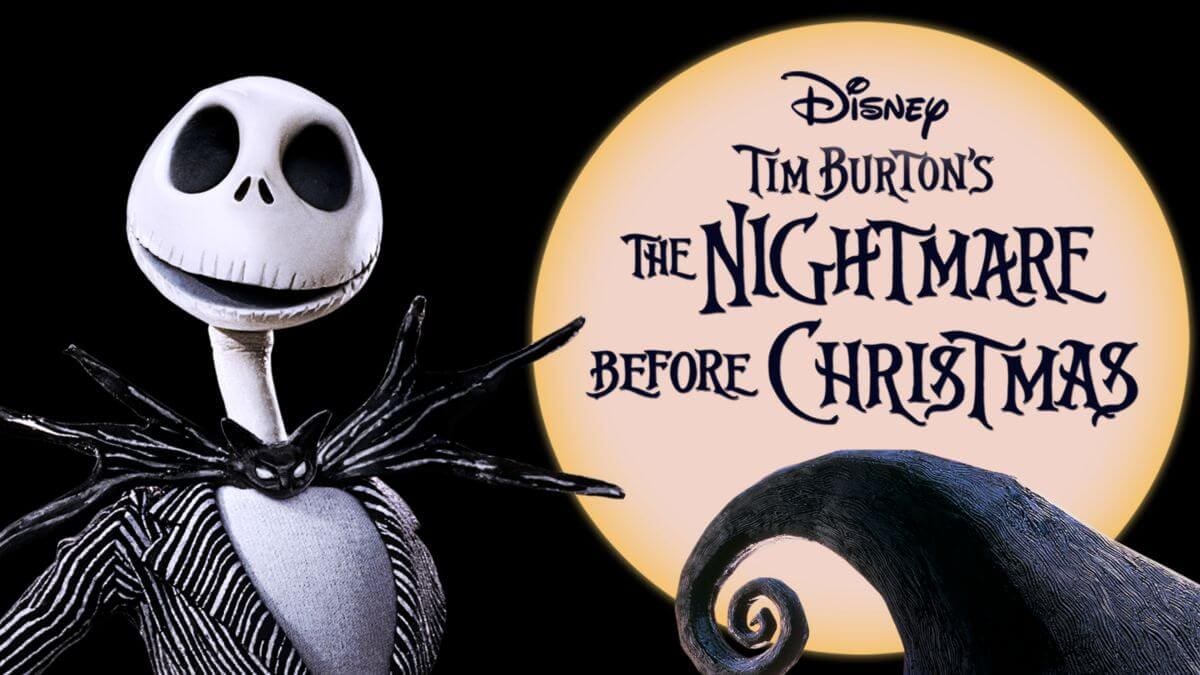Every year I watch the Nightmare Before Christmas just before Halloween, and I think to myself: "What is this movie really about?" I'm usually pretty intuitive about these kinds of things, but tNBC has always haunted me because I've never felt like I quite had it right. I never had the one puzzle piece that unlocked it.
Login to read more
Sign in or create a free account to access Subscriber-only content.
Topics:
